- Category
- War in Ukraine
We Spoke to the Canadian Volunteer Who Became the First Foreigner to Shoot Down a Lancet Drone
-ff64de9dc04aacf5306303e2f564218f.jpg)
For the first time since Russia’s full-scale invasion, a foreign volunteer in Ukraine has successfully shot down a Russian Lancet drone—one of the most feared weapons on the battlefield.
In March, for the first time in history, a foreign volunteer in Ukraine shot down a Russian Lancet drone.
The volunteer, who goes by the callsign Myasnyk, is a Canadian whose name means “Butcher”—a nod to his civilian profession before the war.
Now in his 40s, Myasnyk has only been operating drones for about a year.
“I took a pretty non-traditional route,” he said in a phone interview with UNITED24 Media. “I knew well over a year before I enlisted that I was going to do it.”
After arriving in Ukraine, Myasnyk spent several months volunteering, cooking for troops and supporting various humanitarian and military aid efforts. He then joined the Wild Hornets and, in his free time, continued working as a translator and tactical medical instructor. Later, after completing a drone course with Ukraine’s 25th Brigade, he signed a contract and officially joined Ukraine’s Armed Forces.
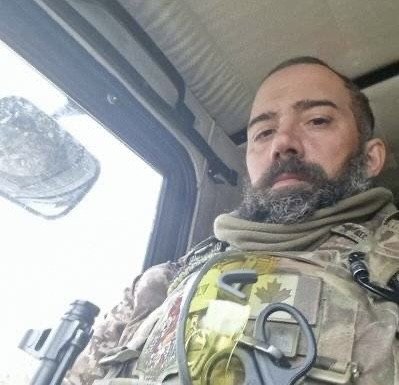
While it’s common for foreign volunteers to join FPV, heavy drone, or infantry units, Myasnyk admits that very few become air interceptor pilots.
“If you don’t speak the language, it’s very, very difficult,” he said. “With ground targets, there’s a bit more leeway in terms of translation.” In air defense, he explains, there’s no such margin for error. “It’s high stakes.”
Lancet drones—capable of destroying tanks, artillery, buildings, and vehicles—are among the most feared threats on the battlefield. Myasnyk vividly remembers the moment he spotted one in the sky.
“We’re always on call,” he said. “Always monitoring everything.”
He described the urgency of the moment he spotted the Lancet—searching for a fast-moving, often camouflaged object on a small monitor. “It’s like trying to find a needle in a haystack,” he said. Some Lancets are painted white, making them hard to spot against snowy terrain.
Once he locked onto the target, he felt a rush of adrenaline. “My hands were shaking. I had to take deep breaths and really focus,” he recalled. “It’s not like going after a tank—it doesn’t move in a straight line. It’s almost like dogfighting,” he added, referring to the aerial duels between fighter jets.
The actual engagement was quick. “There wasn’t much wind. I got behind it and struck,” he said.
He doesn’t remember whether his first reaction was a scream or actual words. “I had a ton of adrenaline running through me.”
The seconds between impact and confirmation from command and control lasted only about five seconds, but for Myasnyk, “it felt like a lifetime.”
“I was just thinking, oh God, oh God, oh God, because that drone was going to take out our guys.”
Though born and raised in Canada, Myasnyk is part of the Ukrainian diaspora. He attended Ukrainian school, was a Ukrainian dancer, and spoke the language until he was 15. Since joining the war, he’s had to re-teach himself the language to operate effectively with Ukrainian forces.
Now, as the first foreigner to shoot down a Lancet drone, Myasnyk says he has his sights set on “even higher-value targets.” He plans to keep working in air defense “as long as it takes.”
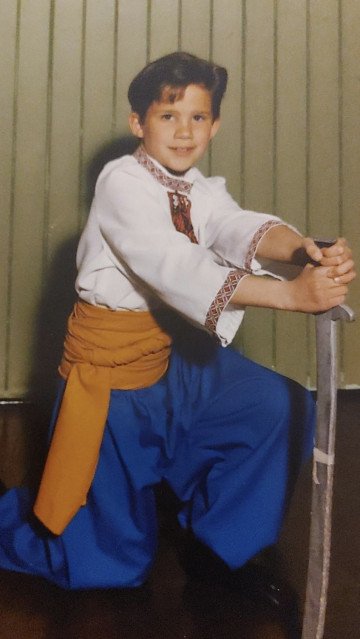
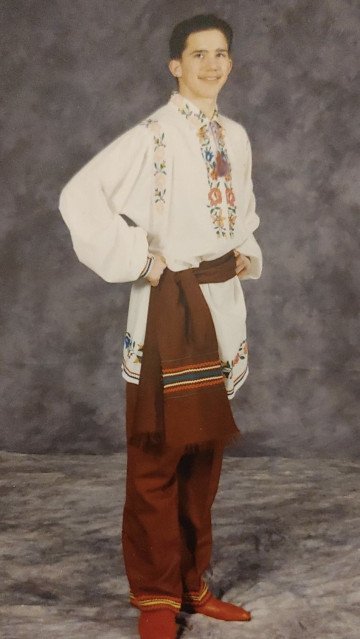
To his knowledge, he’s still one of the only foreigners operating these kinds of fixed-wing drones. When he struck the Lancet, his team of Ukrainian pilots greeted him with high-fives and the classic praise: “молодець” (“an endearing way of saying well done”).
He later posted footage of the strike to his Twitter/X account, where another foreign FPV operator—who Myasnyk believes is the only other foreigner flying fixed-wing interceptor drones—replied:
“You beat us to it, god damnit.”
Damn. Beat us to it. Congrats and good job.
— pkm (@hi_itsk) March 10, 2025
All of Myasnyk’s fixed-wing drone training has been on-the-job. Thanks to his conversational Ukrainian, he works directly within a team of Ukrainian pilots—a necessity, he says, given how critical communication is during air defense missions.
His unit primarily targets ISR (Intelligence, Surveillance, Reconnaissance) drones like Zalas, Orlans, and Supercams. Myasnyk says when an attack drone like a Lancet is detected, “We go after them as urgent, priority targets.” These systems, he says, are among the most impactful tools Russia has on the battlefield.
“You can feel the difference,” he said of taking one down. “Within minutes after hitting [one], they go quiet. It inhibits their ability to actively place artillery.”
A successful strike doesn’t just protect lives—it can shift the momentum of an entire battle.
Still, Myasnyk isn’t resting on his laurels. “Five minutes later,” he said, “there was another target in the air—and we went right back at it.”
-fca37bf6b0e73483220d55f0816978cf.jpeg)
-6359eca46c72bde40a90abaaadd6eaa8.png)
-29a1a43aba23f9bb779a1ac8b98d2121.jpeg)
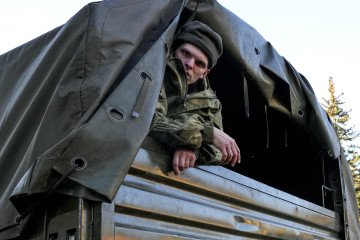
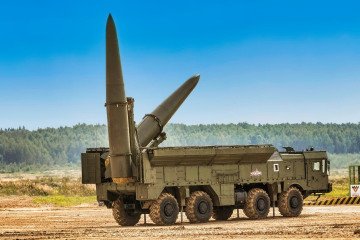
-206008aed5f329e86c52788e3e423f23.jpg)
